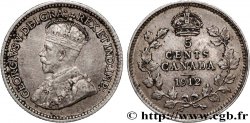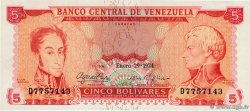正面
正面的文字 PROVINCE DU BAS CANADA // DEUX - SOUS.
正面的说明书 Un habitant portant tuque, capot d'étoffe, ceinture fléchée, souliers de boeuf et tenant à la main un fouet..
背面
背面的文字 BANK TOKEN // 1837 / ONE PENNY.
背面的说明书 Premières armoiries de Montréal entourées de l'ordre de la Jarretière portant la devise "Concordia Salus" (Le salut par la concorde) et d'un rinceau de feuilles d'érable à sucre , motto avec QUEBEC BANK.
评论
历史细节
CANADA
On February 15, 1965, on Parliament Hill in Ottawa, the ceremony to unveil the Canadian flag took place, in the presence of Governor General Georges Vanier, Prime Minister Lester B. Pearson and Cabinet members, as well as thousands of citizens. First descend the Red Ensign, bearing the Union Jack and the shield of the Royal Arms of Canada. Then, at the stroke of noon, we hoist the maple leaf. The crowd then sings the national anthem O Canada followed by the royal anthem God save the Queen. The words spoken that day by Maurice Bourget, President of the Senate, give an even more symbolic meaning to this flag: "The flag is the symbol of the unity of the nation, because it represents without a shadow of a doubt all citizens of Canada, without distinction of race, language, creed or opinion". The second largest country in the world by area, Canada occupies most of North America. It stretches east to west from the Atlantic Ocean to the Pacific Ocean and north to the Arctic Ocean and it shares two borders with the United States to the south and northwest (Alaska). First occupied by Aboriginal peoples, the country was born from the union of three British colonies, which were French colonies at the time of New France.. Today it is a federal state of ten provinces and three territories. Canada gained its independence from the United Kingdom peacefully in a process that spanned from 1867 to 1982.










 对产品描述纠错
对产品描述纠错 打印
打印 分享我的选择
分享我的选择 提问
提问 Consign / sell
Consign / sell
 产品介绍
产品介绍











